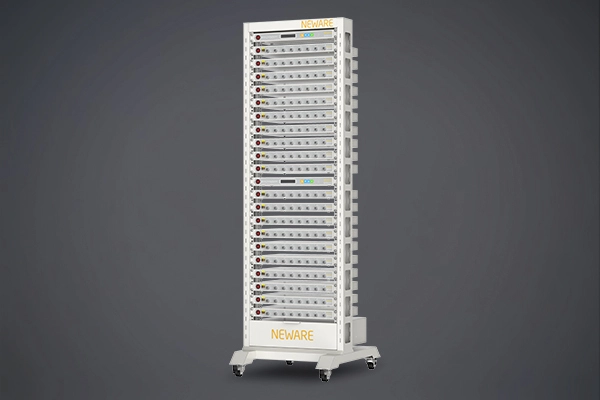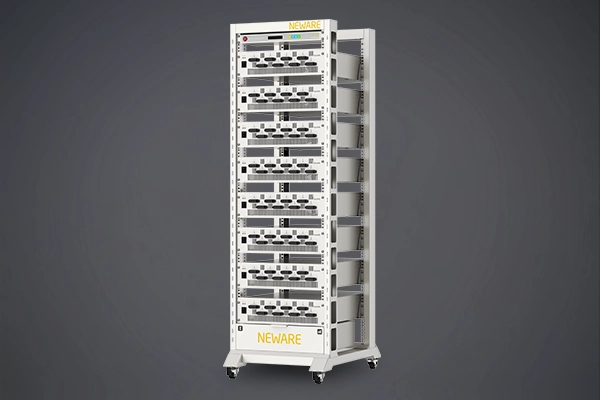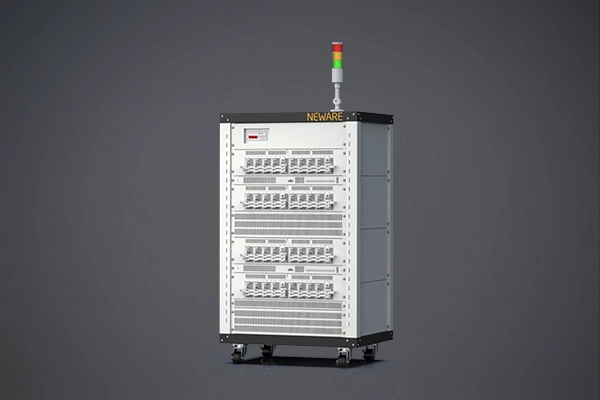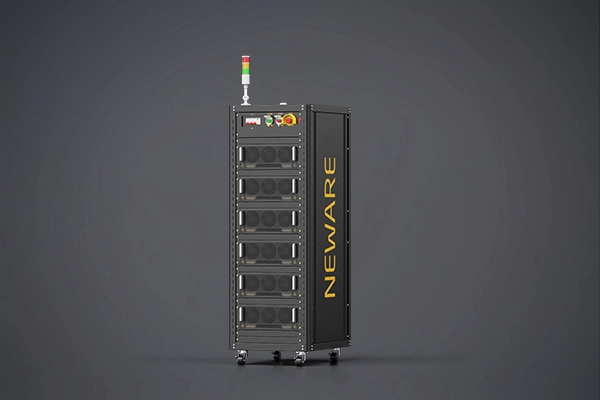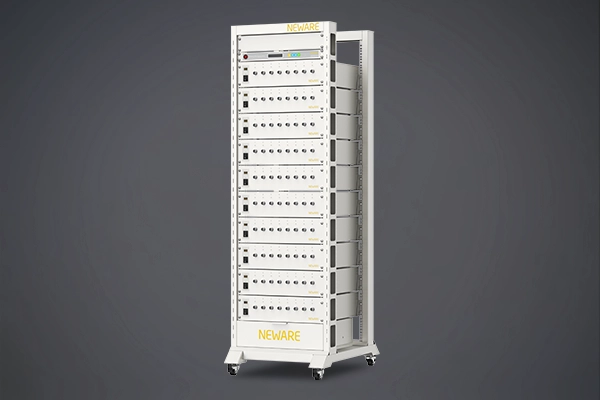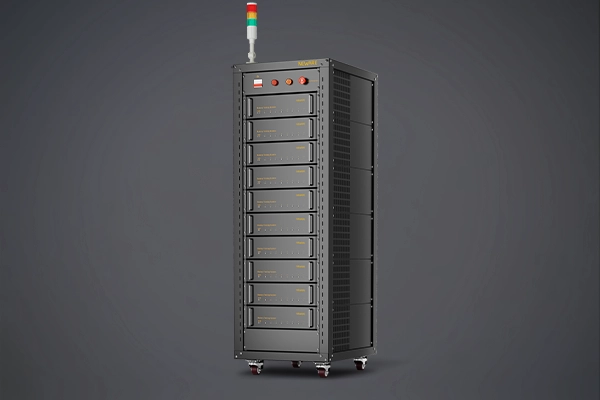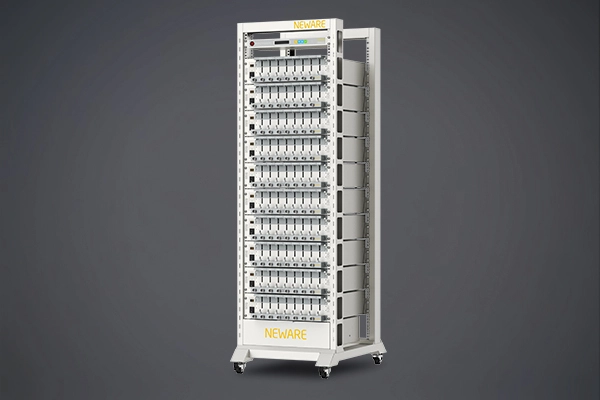18650 battery is a type of lithium-ion rechargeable battery.Its name comes from its dimensions: 18mm in diameter and 65mm in length.This cylindrical battery is widely used in various electronic devices, including laptops, flashlights, electric vehicles, and even in the construction of battery packs for energy storage.The 18650 battery stands out for its high energy density, long life cycle, and the ability to deliver high current, making it a popular choice in many applications.

The size of an 18650 battery is evident from its name, with the battery having a diameter of 18mm (0.71in) and a length of 65mm (2.56in). In the battery industry, the naming convention has the following rationale: the first two digits represent the diameter of the battery, while the next two digits generally indicate the length of the battery, with both measurements in millimeters. The final digit "0" denotes the shape of the battery, with "0" representing a cylindrical form. Below are some common examples of similarly named batteries.
Diameter: 18mm(0.71in)
Length: 65.0mm(2.56in)
Shape: Cylindrical
Capacity and voltage: The capacity of 18650 batteries can range from 1800mAh to 3500mAh, with a nominal voltage of 3.6V or 3.7V. The fully charged voltage is around 4.2V, and they are discharged to about 2.5V to 3.0V.
Diameter: 21mm(0.83in)
Length: 70.0mm(2.76in)
Shape: Cylindrical
Capacity and voltage: 21700 batteries typically have a capacity ranging from 3000mAh to 5000mAh, with a nominal voltage of 3.6V or 3.7V. They offer higher energy density due to their larger size compared to the 18650.
Diameter: 26mm(1.02in)
Length: 65.0mm(2.56in)
Shape: Cylindrical
Capacity and voltage: These batteries usually offer capacities between 3000mAh and 5200mAh, with a nominal voltage of 3.6V or 3.7V. They are known for providing long runtimes for high-drain devices.
Diameter: 14mm(0.55in)
Length: 50.0mm(1.97in)
Shape: Cylindrical
Capacity and voltage: The capacity of 14500 batteries is generally in the range of 600mAh to 1000mAh, with a nominal voltage of 3.6V or 3.7V. This size is similar to AA batteries, but the voltage is usually higher.
Diameter: 16mm(0.63in)
Length: 34.0mm(1.34in)
Shape: Cylindrical
Capacity and voltage: 16340 batteries often have capacities around 600mAh to 1000mAh, with a nominal voltage of 3.6V or 3.7V. They are sometimes considered rechargeable alternatives to the CR123A.
Diameter: 10mm(0.39in)
Length: 44.0mm(1.73in)
Shape: Cylindrical
Capacity and voltage: The capacity for 10440 batteries can vary from 200mAh to 600mAh, with a nominal voltage of 3.6V or 3.7V. This size is similar to AAA batteries, but with potentially different voltage and capacity.
The cycle life of an 18650 battery, which refers to the number of complete charge and discharge cycles it can undergo before its capacity falls below 80% of its original capacity, typically ranges from 300 to 500 cycles under normal usage conditions. However, this can vary significantly based on the battery's quality, the charging practices, and the operating conditions. High-quality batteries with proper charging and usage can sometimes exceed 1000 cycles.
18650 batteries can be categorized based on the materials used in their cathodes.The cathode material significantly influences the battery's capacity, voltage, and safety.The most common types are.
Material: The cathode is made of lithium cobalt oxide.
Characteristics: LCO batteries have a high energy density, which means they can store a lot of energy in a small volume.However, they have a relatively short life cycle and less thermal stability, which can pose safety risks if not properly managed.
Material: The cathode is composed of lithium manganese oxide in a spinel structure.
Characteristics: LMO batteries offer a good balance between power capacity, thermal stability, and life span.They have a lower energy density compared to LCO but are more thermally stable and safer.
Material: The cathode consists of a combination of nickel, manganese, and cobalt.
Characteristics: NMC batteries are known for their high energy density and good thermal stability.They offer a good compromise between capacity, life cycle, and safety.
Material: The cathode uses lithium iron phosphate.
Characteristics: LFP batteries are renowned for their long life cycles, safety, and stability over a wide range of temperatures. However, they have a lower energy density compared to other types.
Material: The cathode is made from a combination of nickel, cobalt, and aluminum.
Characteristics: NCA batteries offer a high energy density and a good life cycle. However, they can be more expensive and slightly less stable at high temperatures.
Rechargeability: 18650 batteries can be recharged hundreds of times, offering a longer lifespan compared to single-use alkaline batteries.This can lead to significant cost savings over time.
Higher energy density: They have a higher energy density, which means they can store more energy in the same amount of space.This results in longer usage times between charges for devices.
Lower self discharge rate: Lithium-ion batteries like the 18650 have a lower self-discharge rate compared to alkaline batteries, meaning they retain their charge longer when not in use.
Better performance at high drain rates: 18650 batteries maintain a stable voltage output even under high-drain conditions, making them ideal for high-power devices like flashlights, laptops, and electric vehicles.
Lighter weight: They are lighter than alkaline batteries of similar capacity, making them preferable for portable electronics.
Wide temperature range: 18650 batteries can operate effectively in a wider range of temperatures, both hot and cold, compared to alkaline batteries.
Higher Initial cost: The upfront cost of 18650 batteries and a charger can be significantly higher than buying alkaline batteries, although this cost might be offset by the long-term reusability.
Safety concerns: Lithium-ion batteries can pose safety risks, such as overheating, catching fire, or exploding if damaged, overcharged, or improperly used.This requires built-in protection circuits to mitigate risks.
Complex charging requirements: Unlike alkaline batteries that are used and disposed of, 18650 batteries require a specific charger and knowledge about charging practices to ensure safety and battery longevity.
Regulation and transportation: Due to their chemical composition, there are stricter regulations for shipping and transporting lithium-ion batteries, especially by air, due to safety risks.
Environmental Impact: While both battery types have environmental impacts, the production and disposal of lithium-ion batteries are more complex and can be more harmful if not properly managed.
In conclusion, while 18650 batteries offer numerous benefits in terms of performance, lifespan, and cost-effectiveness over the long term, they also come with specific drawbacks that include safety concerns, higher initial investment, and more complex handling requirements.These factors should be considered when choosing between 18650 and traditional alkaline batteries for specific applications.

In the consumer electronics realm, 18650 batteries are pivotal in powering laptops, offering a balance between high energy density and durability.For instance, older versions of the MacBook Pro utilized these batteries to achieve a compact form factor without compromising on battery life, demonstrating their ability to meet the high energy demands of portable computing.Similarly, high-performance portable speakers and headphones, which require long-lasting power to deliver continuous, high-quality audio experiences, also rely on these batteries.Brands like Bose and Sony leverage 18650 batteries for their premium audio devices, ensuring users enjoy extended playtime.
The automotive industry, particularly electric vehicles (EVs), has seen a significant impact from 18650 batteries.Tesla, a leader in this space, initially used these batteries in models such as the Model S and Model X. By creating a battery pack consisting of thousands of 18650 cells, Tesla was able to achieve unparalleled range and performance, setting a high standard for electric mobility.This approach demonstrated the potential of 18650 batteries to meet the high-power and high-energy requirements of EVs, paving the way for other manufacturers to explore similar solutions.
In the construction and DIY sectors, cordless power tools have become indispensable, thanks to the portability and power provided by 18650 batteries.Brands like DeWalt and Makita have developed a range of drills, saws, and impact drivers that utilize these batteries, enabling professionals and enthusiasts to work more efficiently without being tethered to power outlets.The high discharge rates of 18650 batteries are particularly beneficial for power tools, providing the necessary performance for demanding tasks.
The rise of renewable energy solutions has led to an increased demand for efficient storage systems, where 18650 batteries have found a new application.The Tesla Powerwall, a prominent example, uses these cells to offer residential and commercial buildings a way to store solar energy generated during the day for use at night or during peak demand periods.This application not only underscores the battery's capacity for high energy density but also its potential in supporting sustainable energy initiatives.
In the healthcare sector, portable medical devices such as defibrillators and portable oxygen concentrators benefit from the reliable power output of 18650 batteries.These devices require consistent, reliable power to function correctly, often in critical, life-saving applications.The use of 18650 batteries in such equipment highlights their reliability and the trust placed in them by healthcare professionals.
With the ubiquitous use of smartphones and tablets, portable chargers and power banks have become essential accessories for many people.18650 batteries are commonly used in these devices due to their high capacity and ability to be recharged hundreds of times without significant degradation.Anker and Xiaomi, for example, offer a range of products that utilize these batteries, providing consumers with a reliable source of power on the go.
These examples across various industries highlight the adaptability and critical role of 18650 batteries in powering modern technology.From consumer electronics to electric vehicles, and renewable energy storage to healthcare, the applications of these batteries continue to expand, driven by their proven performance and reliability.
NEWARE TECHNOLOGY LLC
755 Ames Avenue, Milpitas, CA, USA, 95035



